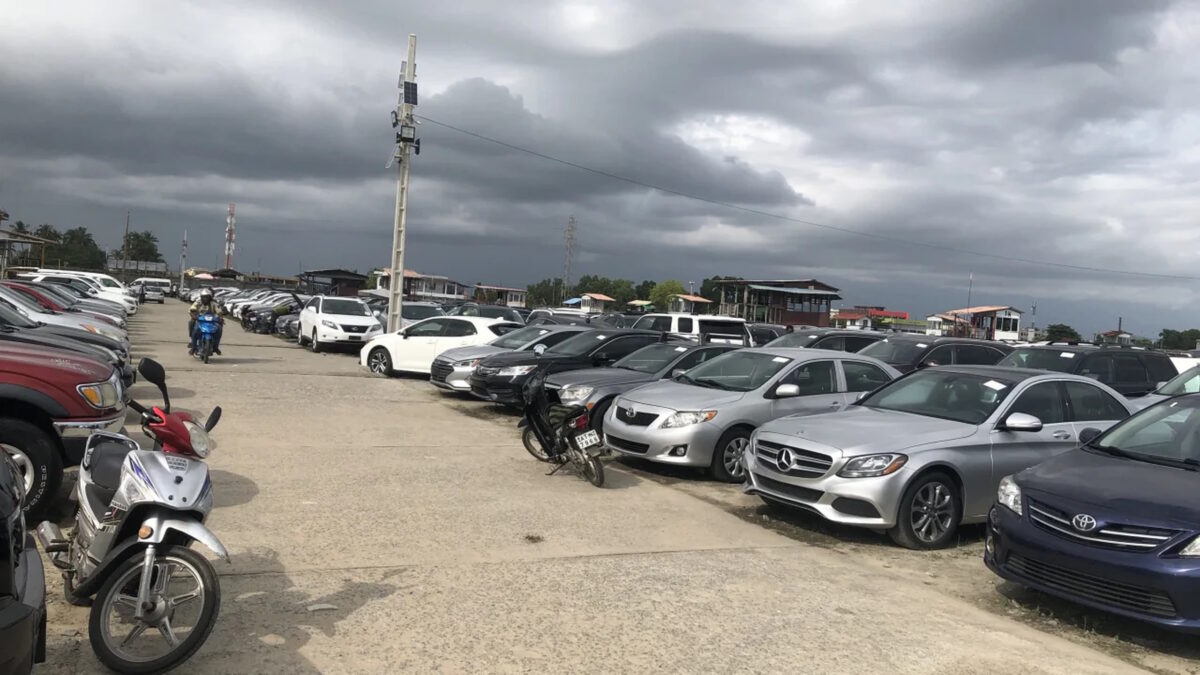The dark side of the Nordic model: Scandinavian countries top every ranking on human development, but they are a disaster for the environment

By Jason Hickel
6 December 2019
(Al Jazeera) – Scandinavians have it all. Universal public healthcare and education that is the envy of the world. Reasonable working hours with plenty of paid vacation. They have some of the highest levels of happiness on the planet, and top virtually every ranking of human development.
The Nordic model stands as a clear and compelling contrast to the neoliberal ideology that has strafed the rest of the industrialised world with inequality, ill health and needless poverty. As an antidote to the most destructive aspects of free-market capitalism, the egalitarian social democracies of Norway, Denmark, Sweden, Finland and Iceland inspire progressive movements around the world.
These countries are worth celebrating for all they get right. But there is a problem. They are an ecological disaster.
You might not notice it at first glance. Their air is crisp and fresh. Their parks are free of litter. Waste collection works like a charm. Much of the region is covered in forests. And Scandinavians tend to be environmentally conscientious.
But the data tell a different story. The Nordic countries have some of the highest levels of resource use and CO2 emissions in the world, in consumption-based terms, drastically overshooting safe planetary boundaries.
Ecologists say that a sustainable level of resource use is about 7 tonnes of material stuff per person per year. Scandinavians consume on average more than 32 tonnes per year. That is four and a half times over the sustainable level, similar to the United States, driven by overconsumption of everything from meat to cars to plastic.
As for emissions, the Nordic countries perform worse than the rest of Europe, and only marginally better than the world’s most egregious offenders – the US, Australia, Canada, Saudi Arabia. Yes, they generate more renewable energy than most countries, but these gains are wiped out by carbon-intensive imports.
This is why the Nordic countries fall toward the very bottom of the Sustainable Development Index. We think of these nations as progressive, but in fact, their performance has worsened over time. Sweden, for example, has gone from 0.755 on the index in the 1990s down to 0.328 today, plunging from the top seven to number 143. [more]


